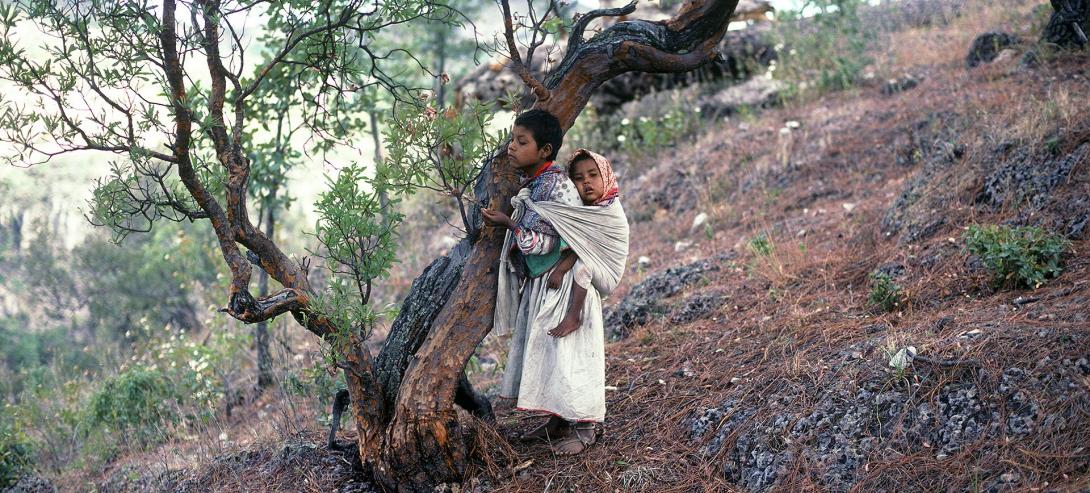Archives

THE ARCHIVES
History
These sections are a repository for essays relating to the history of the Wixárika people and include several texts written by our founder Juan Negrín. Since it is our goal to highlight the voices of the Wixárika people we will be featuring articles and opinion pieces they write. Going forward we will be adding works written by other scholars.
Culture
These sections are a repository for essays relating to the culture of the Wixárika people and include several texts written by our founder Juan Negrín. Since it is our goal to highlight the voices of the Wixárika people we will be featuring articles and opinion pieces they write. Going forward we will be adding works written by other scholars.
Suggested Reading
We open this section with links to the illustrated books Unknown Mexico, Volume I and Unknown Mexico Volume II, written by the Norwegian explorer and ethnographer Carl Sofus Lumholtz in 1902. It is in volume II where Lumholtz writes about his travels among the Wixárika people. As we grow this new website, more links and material will be added as well as a list of books relevant to the study of the region and the very early history of the Wixárika people.
Videos
The videos and films we are posting are diverse and include conferences, lectures, events, statements and documentary films. We are pleased to feature a series called El Territorio del Gran Nayar which is being produced by Wixárika scholars and students. All videos are identified as being in either English or Spanish in the title and posted in both languages when available.
Document Archive
These pages consist of historical documents from the archives of Juan Negrín, scans of old newspaper clippings covering the struggles of the Wixárika communities with lumber companies, and land incursions. You will also find recent documents and statements issued by the Wixárika communities regarding the mining of Wirikuta and their efforts to protect their other sacred locations from development and the construction of hydro-electric dams. Documents are listed in chronological order.





